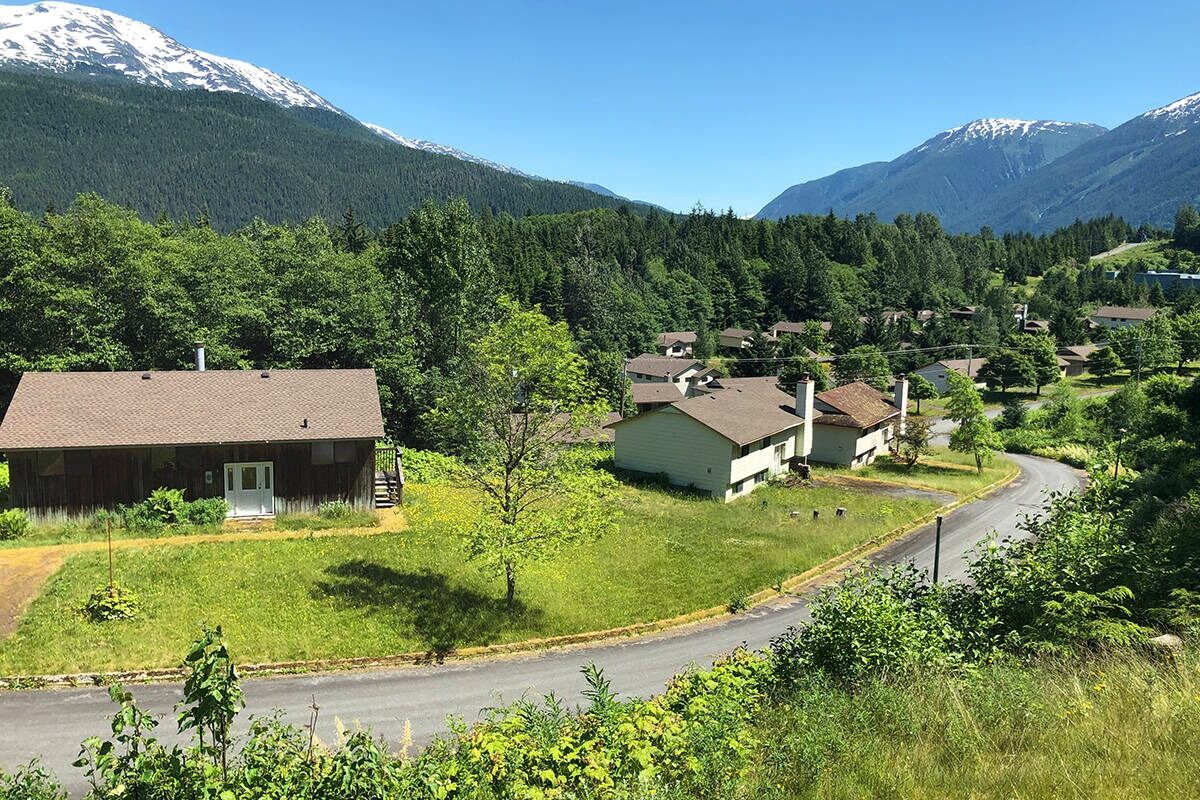Lost Timber Company Towns Of British Columbia

Have you ever wondered about the lost timber company towns of British Columbia? These towns, once bustling with life, now stand as silent witnesses to a bygone era. Imagine walking through streets where loggers and their families once lived, worked, and played. Each town has its own story, filled with the echoes of sawmills, schoolyards, and community gatherings. From the dense forests to the rugged coastlines, these towns were the backbone of the timber industry. Today, they offer a unique glimpse into the past, blending natural beauty with rich history. Ready to step back in time and explore these hidden gems?
Forgotten Timber Towns of British Columbia
British Columbia, known for its stunning landscapes and rich history, once thrived with bustling timber towns. These towns, now forgotten, played a crucial role in the province's development. Let's take a journey through some of these lost timber company towns.
1. Port Renfrew
Port Renfrew, located on Vancouver Island, was once a booming logging town. The town's history is deeply intertwined with the timber industry, which provided jobs and shaped its community.
- Logging Legacy: Port Renfrew's forests were a major source of timber, fueling the local economy.
- Community Life: The town had schools, shops, and recreational facilities for its residents.
- Decline: As logging declined, so did the town's population, leaving behind remnants of its past.
2. Ocean Falls
Ocean Falls, nestled on the central coast, was a thriving mill town. Its remote location made it a unique and self-sufficient community.
- Mill Operations: The town's pulp and paper mill was the heart of its economy.
- Self-Sufficiency: Ocean Falls had its own power plant, hospital, and even a swimming pool.
- Abandonment: The mill's closure in the 1980s led to the town's rapid decline, with many buildings now abandoned.
3. Anyox
Anyox, situated in the northern part of the province, was once a bustling mining and smelting town. Though primarily known for its copper production, timber played a significant role in its development.
- Copper and Timber: The town's economy relied on both copper mining and timber for smelting operations.
- Infrastructure: Anyox had a hospital, school, and various recreational facilities for its residents.
- Desertion: The Great Depression and a devastating fire led to the town's abandonment in the 1930s.
4. Kitsault
Kitsault, located near the Alaska border, was a modern town built for molybdenum mining. Despite its brief existence, it left a lasting impact.
- Modern Amenities: Kitsault featured modern homes, a shopping center, and recreational facilities.
- Short-Lived Boom: The town thrived in the late 1970s but was abandoned just a few years later due to falling molybdenum prices.
- Preservation: Unlike other ghost towns, Kitsault remains well-preserved, with intact buildings and infrastructure.
5. Sandon
Sandon, nestled in the Selkirk Mountains, was a silver mining town with a rich history. Timber was essential for building the town and supporting its mining operations.
- Mining and Timber: The town's economy relied on silver mining and timber for construction and fuel.
- Vibrant Community: Sandon had hotels, saloons, and a bustling main street.
- Decline: Floods and fires, along with the decline of silver mining, led to the town's abandonment.
6. Barkerville
Barkerville, a historic gold rush town, also had a significant timber industry. The town's wooden buildings and infrastructure were built using local timber.
- Gold and Timber: The gold rush attracted thousands, and timber was essential for building homes and businesses.
- Historic Preservation: Barkerville is now a preserved historic site, offering a glimpse into its past.
- Tourist Attraction: Visitors can explore the town's history and learn about its timber industry.
7. Bralorne
Bralorne, located in the Bridge River Valley, was a gold mining town with a strong timber industry. The town's history is marked by its mining and logging activities.
- Gold Mining: Bralorne's economy was driven by gold mining, which required extensive timber for support structures.
- Community Life: The town had schools, shops, and recreational facilities for its residents.
- Abandonment: The decline of gold mining led to the town's gradual abandonment, leaving behind remnants of its past.
8. Greenwood
Greenwood, once a thriving copper mining town, also had a significant timber industry. The town's history is marked by its mining and logging activities.
- Copper and Timber: Greenwood's economy relied on both copper mining and timber for construction and fuel.
- Historic Buildings: The town has preserved many of its historic buildings, offering a glimpse into its past.
- Tourist Destination: Today, Greenwood is a popular tourist destination, attracting visitors with its rich history and preserved architecture.
Hidden Gems of British Columbia
British Columbia's lost timber company towns offer a unique glimpse into the past. These towns, once bustling with life, now stand as silent witnesses to a bygone era. Exploring places like Anyox, Ocean Falls, and Port Alice reveals stories of hard work, community, and resilience. Each town has its own charm, from the abandoned buildings to the natural beauty surrounding them.
Visiting these hidden gems is like stepping back in time. It's a chance to see how people lived and worked in remote areas. Whether you're a history buff or just love exploring off-the-beaten-path locations, these towns have something special to offer. So next time you're in British Columbia, take a detour and discover the forgotten treasures of its timber industry. You won't be disappointed.

